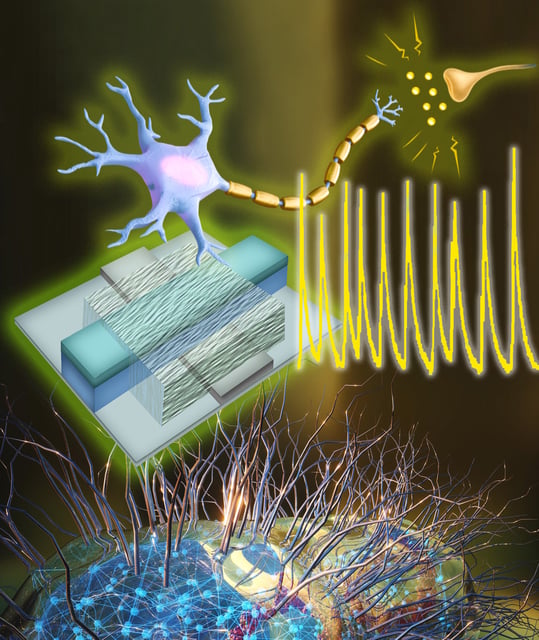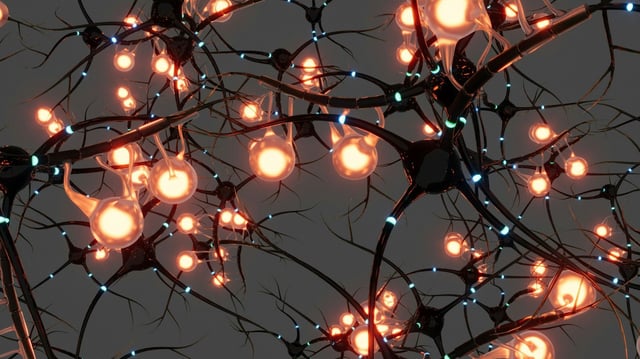Overview
- UMass Amherst engineers report in Nature Communications an artificial neuron that directly interfaces with living cells and mirrors key biological signaling behaviors.
- The device operates at about 0.1 volts—roughly 10 times lower than prior designs—cutting power by about 100-fold, with memristor switching measured near 60 mV and currents around 1.7 nA.
- Its core is a memristor that integrates protein nanowires from Geobacter sulfurreducens, implemented in a circuit that reproduces neural phases such as integration, spiking, and refractory periods.
- Tests showed comprehensive alignment with biological parameters (signal amplitude, spiking energy, timing, and frequency response) and real‑time decoding of activity from human cardiomyocytes, including detection of responses to norepinephrine.
- Researchers point to potential uses in ultra‑efficient neuromorphic computing and body‑connected sensors that avoid signal amplification, while emphasizing the work remains an in‑vitro proof of concept.


